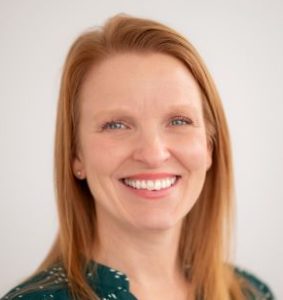
For much of the pandemic, skilled nursing providers have leaned on storytelling to paint a picture of their daily battle for patients’ lives and for the industry’s own livelihood.
But as we approach the third anniversary of the official COVID public health emergency, data is finally catching up with the thousands of anecdotal tales we’ve heard. Emerging numbers intensify the images we hold in our heads, tracing a bold outline around the hazy ideas we had about what’s happened and what might be to come.
Marcum’s annual skilled nursing benchmark study is one of the most robust data sources the sector has, and its latest 3-year lookback captures trends across the pandemic’s first (and toughest) two years. It paints a colorful picture indeed.
Total operating costs increased 9.27% nationally from 2020 to 2021, which was almost twice the per-patient day revenue increase of 4.73%.
Add in staffing shortages, rate and benefit increases and the effect of agency costs, and Marcum finds that gross revenue has not been able to cover total costs per-patient day. In fact, providers in every region and across the US as a whole operated with average daily net losses between 2019 and 2021.
“This industry has done what it has needed to do in order to move forward and survive,” wrote Matthew Bavolack, principal and leader of Marcum’s National Healthcare Industry Group.
That sentiment could certainly have been applied to any healthcare setting early in the pandemic, when no one truly knew what they were facing and operational guidance changed by the hour.
But today, as many providers have recaptured their workforces and thrown their doors back open, surviving remains the name of the game in skilled nursing.
Still, Bavolack is surprisingly upbeat in his assessment, despite some of the look-back data available in Marcum’s report (covered Wednesday by the McKnight’s Business Daily newsletter). And that’s because, he said, the people are coming.
By people, he largely means residents. While recording occupancy declines through 2021, the report predicts occupancy percentages will increase in 2022.
Providers across the US have told us their stories of rebounding census, the mounting positive pressure to admit more patients referred by hospitals and from their communities. But the piece of the picture those providers repeatedly highlight is that they still can’t serve everyone who’s willing to consider skilled nursing again.
“We are confident that, with the right people, the industry will continue to meet the care needs of the elderly today, tomorrow, and into the future,” Bavolack wrote.
The fact is, hard data already available shows too many people — those all-important workers — are still missing to the tune of 200,000-plus.
Without them, of course, nursing homes’ odds of survival look a lot darker. So the question remains: Who will connect the dots to help would-be employers flesh out this picture of health analysts so badly want to project?
Kimberly Marselas is senior editor of McKnight’s Long-Term Care News.
Opinions expressed in McKnight’s Long-Term Care News are not necessarily those of McKnight’s.



